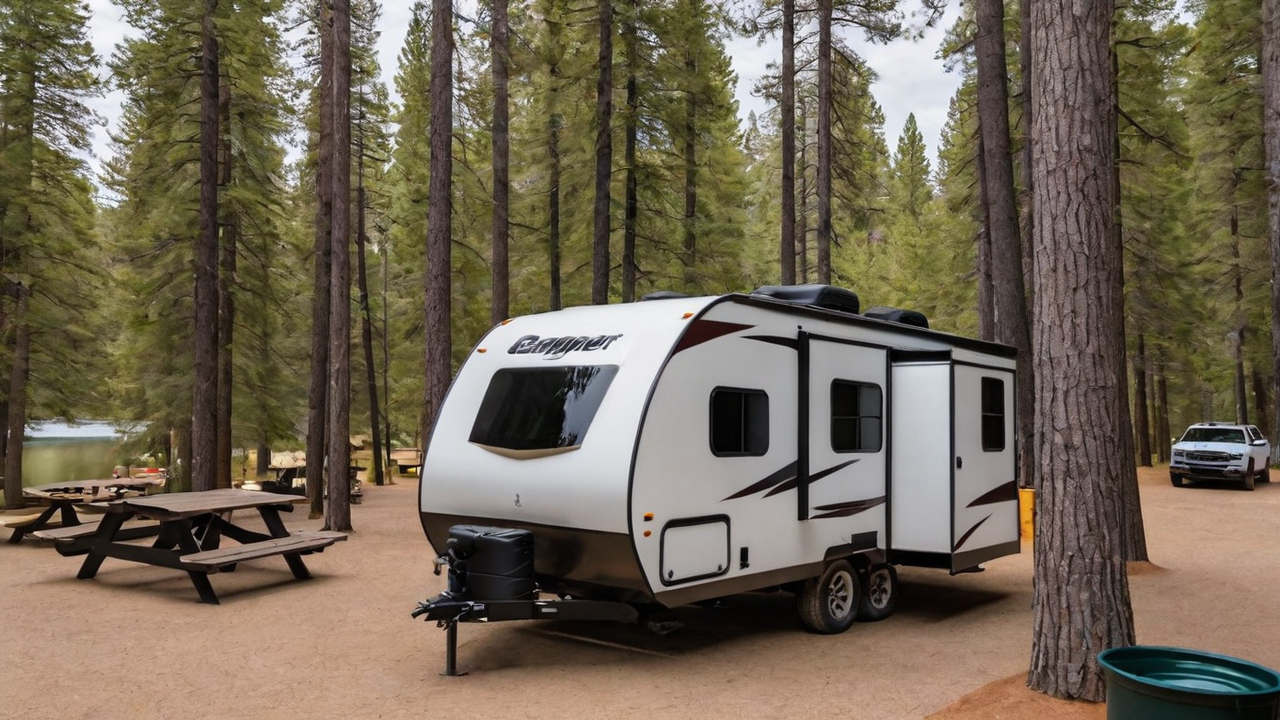Crafting an Ultimate User Experience: Design Principles for Camping Software
Crafting an Ultimate User Experience: Design Principles for Camping Software
Blog Article

Comprehending Your Audience
Knowing which your target users is essential in crafting an efficient user experience. It is important to take into account their necessities, preferences, and technology savviness. Such knowledge leads the designing decision, guaranteeing that the program is accessible and intuitive.
Knowing your users also implies recognizing the obstacles and how they intend to use your campground software. It enables the designers to tailor features and capabilities that meet specific needs, therefore making the application not only useful but also essential.
Simplifying the Navigation System
Simplifying the navigation system is a key component of user interface designing. A straightforward menu system guarantees visitors can easily locate what they're searching for, reducing frustration and enhancing user satisfaction. It's about making the journey inside the software as seamless as possible.
Additionally, a well-designed navigation leads visitors throughout the application, highlighting functions and tools that they otherwise would overlook. Such an method not only improves user experience but also encourages deeper engagement with your campground software full array of features.
Incorporating Premium Visuals
Visuals have a crucial part in creating a engaging user interface. Visuals help in breaking monotony and can demonstrate features more clearly than description alone. Choosing the correct graphics, icons, and color schemes can greatly enhance the overall appearance of the software, thereby making it more appealing to your eye.
Moreover, a consistent visual style is for creating a strong brand identity and trust among your users. Every element must be in alignment with the brand's principles and the message of the application, creating a seamless user experience that is both polished and welcoming.
Enhancing the Responsiveness
In the current digital world, users demand camping software to be responsive on every platforms, from desktops to smartphones. An responsive design ensures that regardless of what screen size, your application delivers an uncompromised user experience. This not only improves usability but also caters to your users’ mobile lifestyle.
Moreover, enhancing your software’s responsiveness can also lead in better speed, minimizing the loading time and preventing frustration. Visitors value a speedy and efficient experience when accessing camping applications, and this makes performance a crucial element in satisfaction levels.
Enhancing the Search
Finding data swiftly is fundamental in any kind of software, especially in campground management. Optimizing your search feature permits users to easily locate exactly what they're searching for, which in turn boosts user experience and efficiency. By incorporating intelligent search features, you can decrease user frustration and increase overall satisfaction.
Additionally, sophisticated search features such as filtering options and tags can help in narrowing down results, making the process more effective. Introducing these functionalities demonstrates a understanding of the users' needs and a commitment to making their experience with the campground system as seamless and effective as possible.
Focusing on User Security
Protecting user information is always a top priority when it comes to designing campground software. Users need to feel safe when inputting their personal data. Guaranteeing strong security protocols not only secures their information but likewise builds a sense of trust between your customer and your company.
In addition to standard protections like strong passwords and data encryption, it's important to consider adding advanced security measures such as two-factor authentication or biometric verification. These features provide an extra layer of security, ensuring that user data is kept safe from unauthorized access.
Leveraging User Feedback
Feedback is vital for ongoing improvement of the campground software. It enables the developers to see what is working, what doesn’t work, and how their application can be enhanced to better meet the user’s expectations. Actively seeking this type of feedback establishes an open dialogue between your users and the team, making them feel they are a part of your software’s evolution.
Using this feedback wisely can lead in tangible improvements in user interface design and overall UX. Making changes based on user input demonstrates that your company values its users and is committed to providing a high-quality experience.
Keeping the Simplicity
Among design, simplicity is key. A unnecessarily complex UI can confuse users, leading in a poor UX. Keeping things simple, on the other hand, helps the software easier to understand and navigate. This encourages more engagement and satisfaction levels.
Additionally, maintaining simplicity should apply to your software’s content and features. Avoid unnecessary functions that do not contribute value can ensure that your UI remains uncluttered and focuses on the essential requirements of the end-users. By, you design a more staylist.com streamlined and effective user experience that resonates with the audience.
Report this page